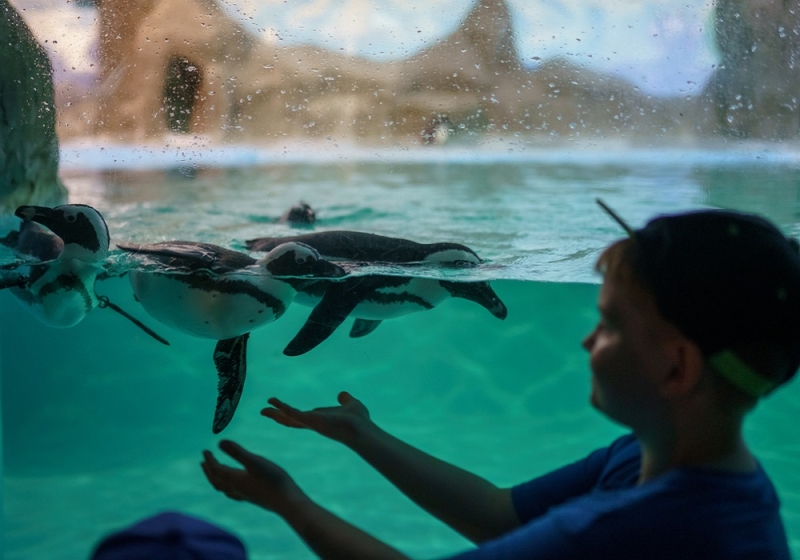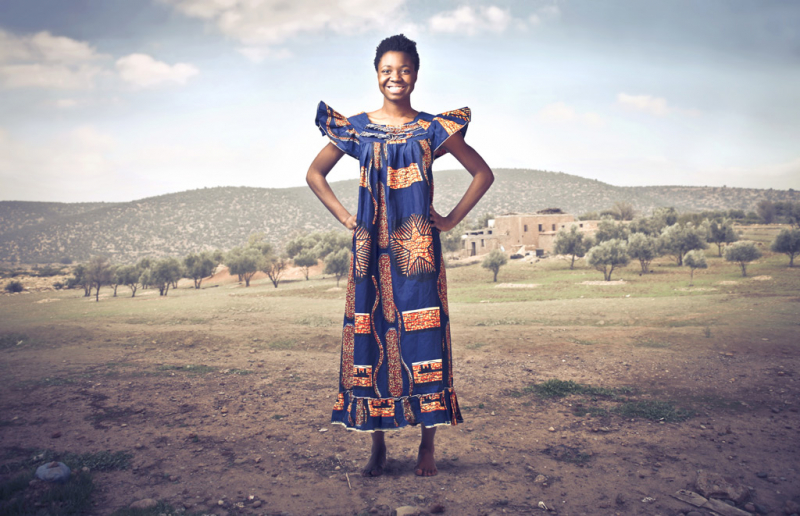
A wet nose, soft fur and the friendly snorting of furry and not so furry animals will help you calm down and feel the joy of life again. It’s no secret that communication with animals increases the level of oxytocin, which scientists call the hormone of joy, and reduces the production of cortisol, the stress hormone.
An opportunity to watch leopards in their natural habitat, feed tame deer and a walk among forest cats, roe deer and raccoons busy with their business will delight you on the gloomiest day. We are sharing a selection of unusual parks, a visit to which will definitely lift your spirits.
Sumarokovsky Nature Reserve
How to get there
From Moscow it is convenient to get by train to Kostroma, then 20 km by taxi. Find directions to the farm on the website.

The Sumarokovsky Nature Reserve is a unique place where scientific work on the study, domestication and breeding of moose has been carried out for almost sixty years. If you dream of seeing a classic Russian landscape with a field, forest and the majestic silhouette of a horned giant, this is the place for you.
The moose farm is located on the territory of the reserve, so after a working day and the end of the excursions, some of the animals leave the demonstration pens and go to free grazing in the forest, returning only for feeding, milking or resting in the heat. In the morning, moose often greet guests already in the parking lot – be prepared for this, because the height of adult individuals at the withers reaches 2.3 meters.
Excursions are held daily from 10:00 to 15:00. It’s better to come in the morning, when there are not many guests on the farm yet, and the moose are more willing to take treats. Animals can only be fed with carrots, which are included in the ticket price (100-200 rubles*, payment in cash). In the spring, moose are transferred from the winter plot to the summer camp.
On the excursion they will talk about the peculiarities of working with elk, their behavior, and will take you into enclosures where you can pet the elk, treat them and take photographs. At the beginning of summer, there is a kindergarten with thin-legged teenage moose calves: they are also allowed to interact with them, and if the cubs are in a favorable mood, even take a selfie.
From June to September, tourists at the farm are offered to try a unique product – moose milk. Its fat content is on average 12%; diseases of the gastrointestinal tract and immune system are treated with milk. The cost of a tasting portion is 80 rubles*, and a liter is 1500 rubles*. In November you can buy a grown-up elk calf – if, of course, the reserve considers your the request is justified.
Primorsky Safari Park
How to get there
The easiest and fastest way is by plane to Vladivostok, then 29 km by taxi to the urban village of Shkotovo.

The Primorsky Safari Park is a specially developed area of forest with a varied topography, where seventy species of animals living in the region are represented. In addition to showing pets in their natural habitat, the park participates in programs for the conservation of rare individuals, and is engaged in the rehabilitation of sick and injured animals at the hands of humans and their return to the wild.
Its main feature and difference from ordinary zoos is the opportunity to observe the life of most of the inhabitants without bars. Imagine: leopards roam among the rocks and hills, bears climb trees, tame deer and small predators come along the excursion trail. The park is divided into three excursion zones, the price of an adult ticket for each is from 300 to 450 rubles*. There is no need to bring food: meat for predators will be sold at the checkout, and carrots and crackers will be given out during the excursion.
Each group of tourists is accompanied by a guide who will tell you what you can and cannot do when meeting different inhabitants of the forest – for example, if a badger or a Far Eastern wild cat runs up to you. Enclosures for predators such as leopards, tigers and bears are equipped with special stairs and six-meter bridges. They allow you to get a good look at wild animals and photograph them.
The pride of the park is the five Amur tigers, which visitors love to watch. And a pair of leopards pose spectacularly against the backdrop of a natural stone shelter.
There are no bars in the area with ungulates, and while guests walk along a circular path in the forest, tame deer and roe deer themselves come out to people for a treat. Rabbits are jumping among the thin-legged fawns and adults – they are also not averse to tasting carrots. Forest cats, badgers and funny raccoons frolic freely in the Park of Predatory Animals, but the rarest red wolves, raccoon dogs and foxes live in enclosures.
Safari Park in Gelendzhik
How to get there
From Moscow you can take a train to Novorossiysk or a plane to Sochi, where you can rent a car.

The safari park is comfortably nestled on the picturesque slope of the Markotkh ridge. This is a rehabilitation center for wild animals, where they live in spacious enclosures in an almost natural habitat. Some ended their careers in the circus, some were injured and would not survive in the wild, some were taken from their owners due to cruel treatment. Tigers Homer and Dzhiday were rescued from the Sochi embankment, where they worked as living props for an enterprising photographer. The exhausted and sick tiger cubs were cured, and now the well-groomed animals live freely in the park. The puma Kasatka had a similar fate – environmentalists won her from a beach photographer from Gelendzhik, and leopards Vanya and Dasha spent ten years in a cramped cage before the safari park, which they could cross in just 10 steps.
The territory consists of lower and upper parks, connected by a cable car with stunning views of the Great Caucasus Range and Gelendzhik Bay. While climbing to the top of the Markotkh ridge, you can see deer and roe deer grazing below. If the weather is good, it’s nice to take a walk at the top: look into the Jurassic Park, the terrarium and the alley of fairy tales, walk to the mysterious dolmen and wander among the fluffy oaks and mountain forest.
There are special “feed lines” for feeding the animals; treats are sold at the checkout. Ticket price for adults starts from 1070 rubles*, travel along cable car is paid separately – 510 rubles*.
Flora and Fauna Park “Roev Ruchey”
How to get there
From Moscow it is convenient to fly to Krasnoyarsk, then by taxi or bus 16 km.

The Flora and Fauna Park in the suburbs of Krasnoyarsk is known for its extensive collection – there are more than nine thousand wards, including the only penguinarium beyond the Urals and a spacious aquaterrarium, where even black-tip reef sharks live. Admire the long-necked giraffes, the stories about which Nikolai Gumilyov tried to lift the spirits of the sad ones, look for the Red Book spectacled penguins and find out why they are also called “donkey penguins”. Don’t forget to stop by the funny yellow mongoose named Ryzhik and visit the fishing cat Eva – fishing cats have webs on their front paws between their toes.
In addition to caring for animals, the park also thinks about the beauty of the place, arranging areas in different styles of garden art: from French landscape to stylized Japanese garden. From spring to late autumn, visitors are delighted with colorful flower beds, rose gardens and dahlias. You can even find edelweiss on the alpine slides. Ticket prices vary from 200 to 500 rubles*.
A kilometer from Roev Ruchey there is the central entrance to the Pillars Nature Reserve national park. If you haven’t been here yet, be sure to take a walk to the legendary pillar rocks – even from the nearby “Devil’s Finger” the views will be amazing.
*Prices valid at time of publication

